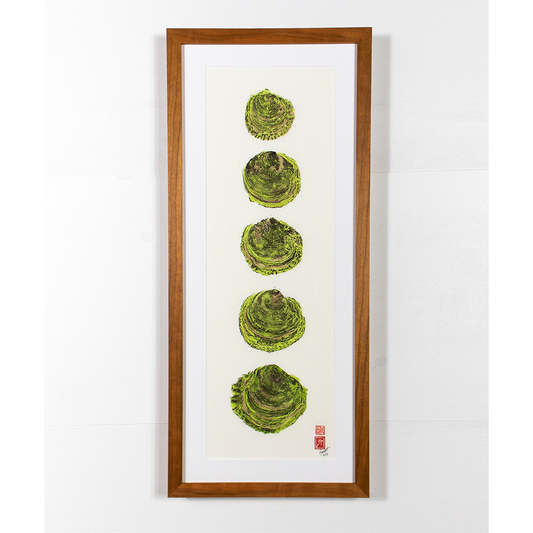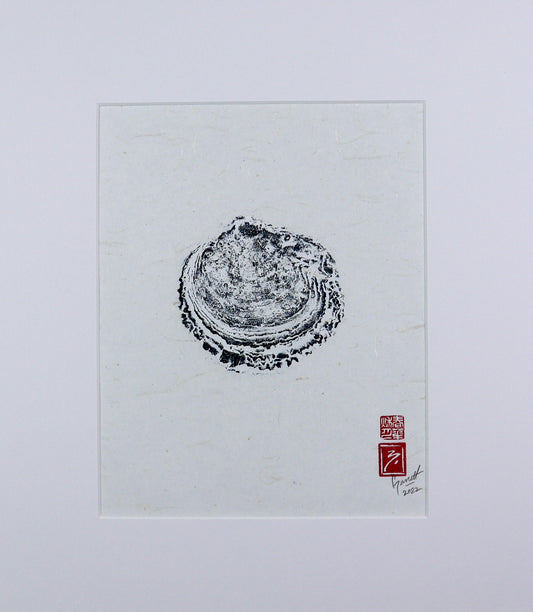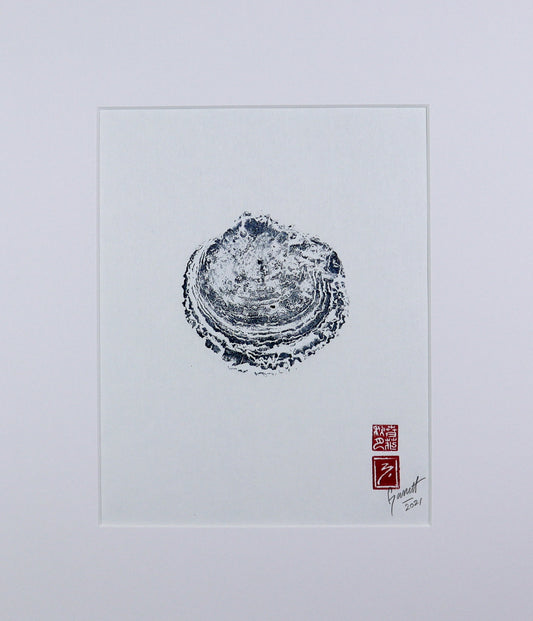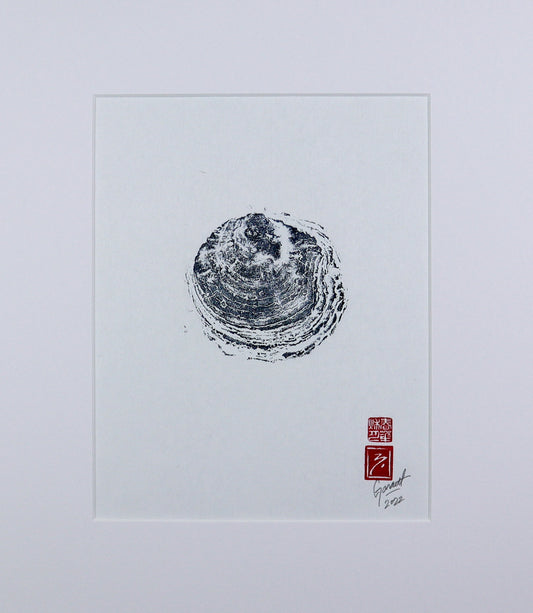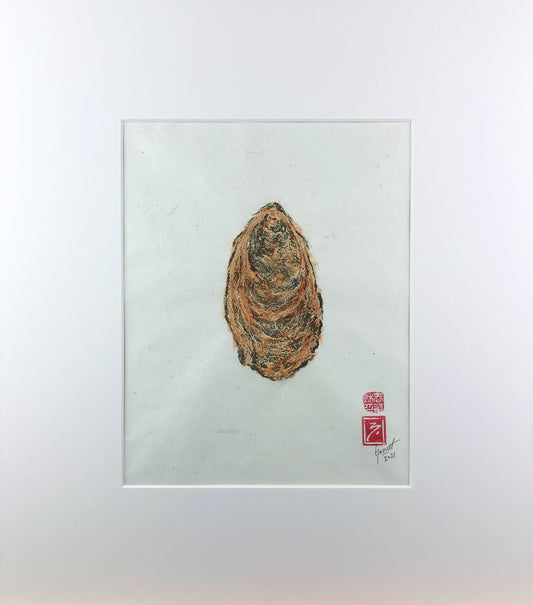Oysters have been vital to coastal cultures for millennia, evidenced by Native American shell middens and their use as currency in ancient Rome. Farming began as early as the 1st century AD in the Mediterranean. They gained popularity in 19th-century urban America, sold from street carts to high-end restaurants in cities like New York and New Orleans.
Today, oysters are valued for cuisine, ecology, and now art. Artist Nate Garrett captures the often overlooked complexity of these mollusks with a minimalist presentation that showcases each oyster's delicate beauty.
-
Maine Belon Oysters - 8in x 24in
Regular price $650.00 USDRegular priceUnit price per -
Empress Oysters - 26.5in x 13.5in
Regular price $550.00 USDRegular priceUnit price per -
Maine Oysters No. 5 - 26.5in x13.5in
Regular price $500.00 USDRegular priceUnit price per -
Maine Oysters No. 6 - 19.5in x7in
Regular price $500.00 USDRegular priceUnit price per -
Damariscotta Oysters No.2 - 21in x 12in
Regular price $500.00 USDRegular priceUnit price per -
Maine Petite Oysters No. 7 - 20in x 10in
Regular price $400.00 USDRegular priceUnit price per -
Damariscotta Oysters No. 11 - 20.5in x 11.5in
Regular price $550.00 USDRegular priceUnit price per -
Maine "Belon" No.1 - 8in x 10in
Regular price $185.00 USDRegular priceUnit price per -
Maine "Belon" No.2 - 8in x 10in
Regular price $185.00 USDRegular priceUnit price per -
Maine "Belon" No.3 - 8in x 10in
Regular price $185.00 USDRegular priceUnit price per$0.00 USDSale price $185.00 USDSold -
Beaver Tail Oyster - 8in x 10in
Regular price $195.00 USDRegular priceUnit price per
